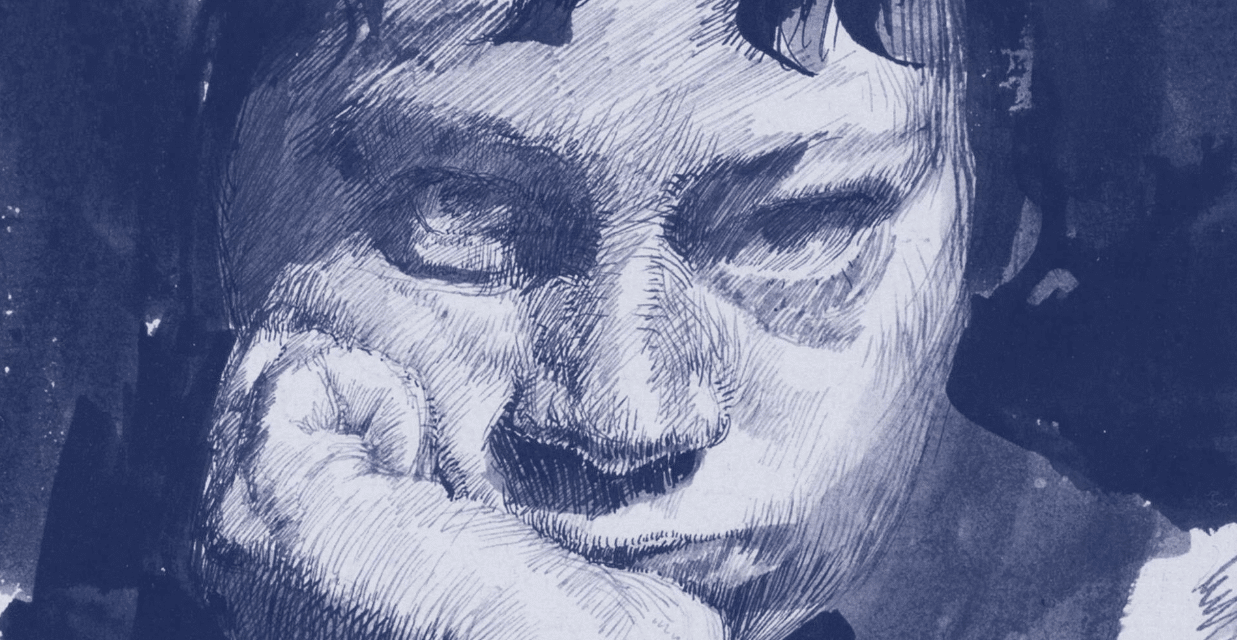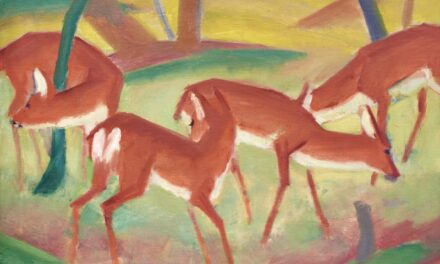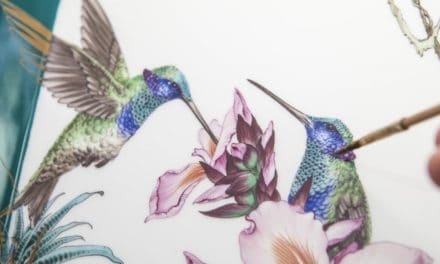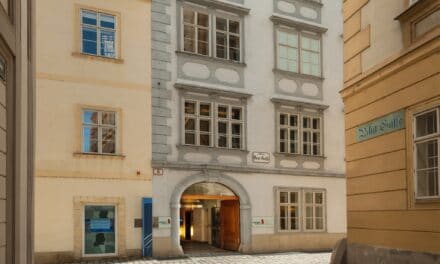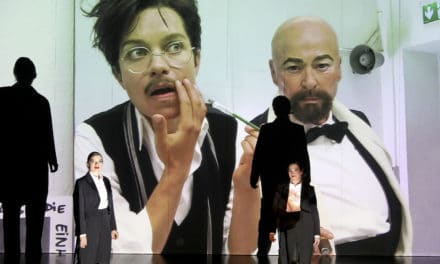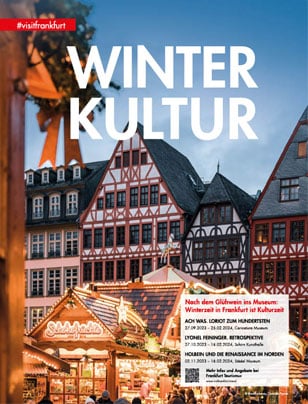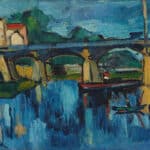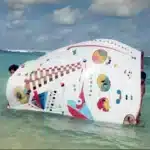She is the most famous German artist of the 20th century and yet an exceptional phenomenon: Käthe Kollwitz (1867-1945). The Städel Museum is dedicating a comprehensive exhibition to her, presenting her in all her diversity, explosive power and modernity.
She boldly chose printmaking and drawing as her main media and found an independent visual language of great immediacy. In her art, she dealt with existential human questions from a new perspective and was therefore politically appropriated for many attitudes and themes in Germany after the Second World War.
The Städel Museum owns an extensive collection of works by Käthe Kollwitz, which brings together almost all the prints published in editions, as well as prints and drawings reworked by hand. The exhibition at the Städel Museum presents more than 110 impressive works on paper, sculptures and early paintings by the artist from this remarkable collection as well as from leading museums and Kollwitz collections. Surprising, unconventional works such as "Selbstbildnis mit aufgestütztem Kopf" (1889/91, Käthe Kollwitz Museum Cologne), unusually painterly works for Kollwitz such as "Weiblicher Rückenakt" (1903, Kupferstichkabinett, Berlin) and "Pariser Kellerlokal" (1904, Sprengel Museum Hanover) as well as selected sculptures such as "Turm der Mütter" (1937/38, Museum Folkwang, Essen) will be presented together with other outstanding loans, including from the Berlin Kupferstichkabinett and the Museum Folkwang, Essen. from the Berlin Kupferstichkabinett, the Käthe Kollwitz Museum Cologne, the Neue Nationalgalerie, Berlin, and the Staatsgalerie Stuttgart, among others.
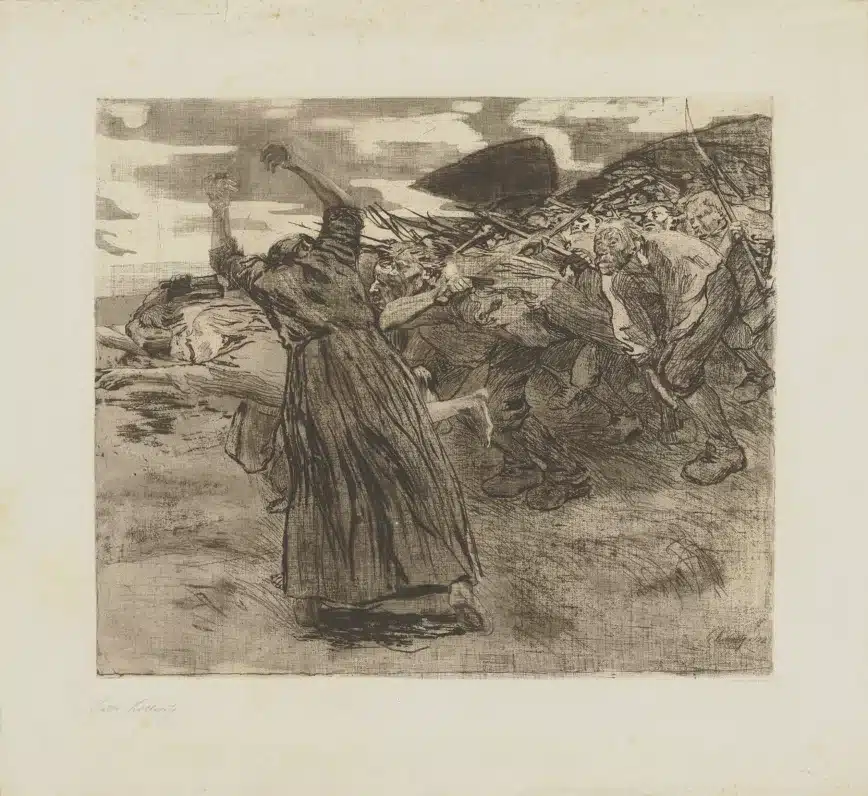
Käthe Kollwitz, Losbruch, sheet 5 from the cycle "Peasants' War", 1902/03 © Städel Museum, Frankfurt am Main
The exhibition at the Städel Museum allows visitors to experience the diversity and impressive quality of Kollwitz' oeuvre through various chapters. The focus is on her decision to use the medium of graphic art and her unusual, existential and contemporary themes. Individual groups of works are used to examine her memorable visual language, her dramaturgically pointed compositions and the bodies grouped in expressive choreographies. The focus will be on Kollwitz' experiments in color and form, on the processual character of her work, but also on the tense relationship between politics and aesthetics. Last but not least, the exhibition will provide an overview of the German-German interpretations of the artist after 1945, a very special reception history that in individual cases still has an impact today.
March 20 to June 9, 2024

